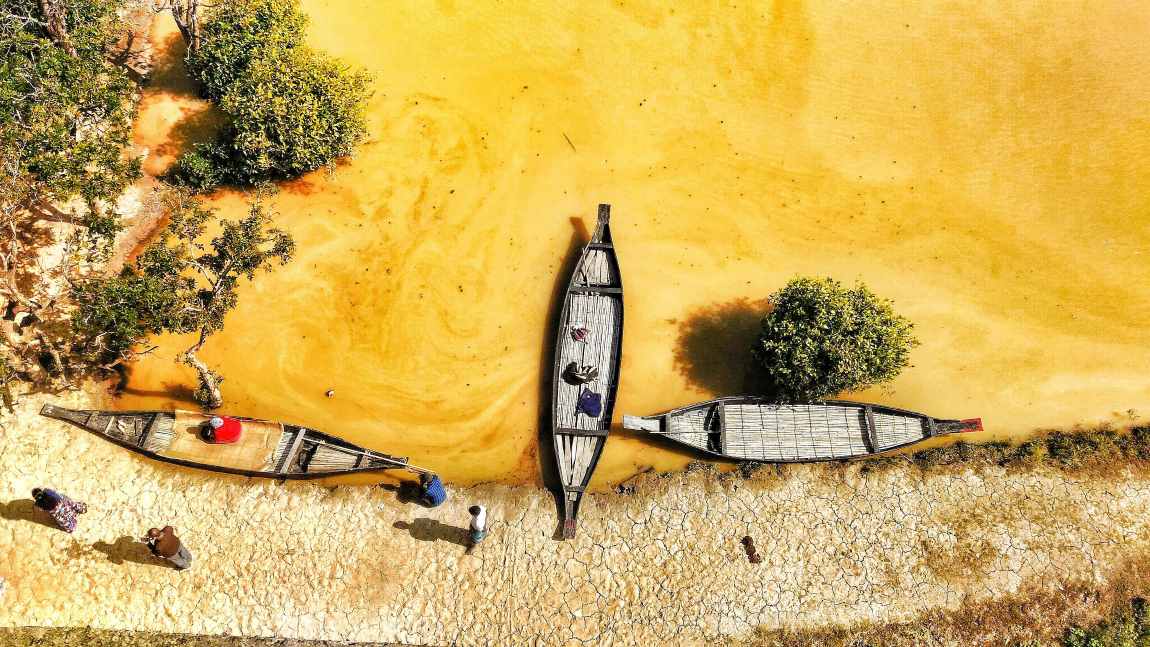Dr. Jan Freihardt, an environmental engineer and political scientist at the Chair of Global Health Engineering at ETH Zurich, argues that fears of mass climate migration to Europe and North America are exaggerated and risk overshadowing the true dynamics of migration.
While climate change is undeniably displacing people in vulnerable regions, Freihardt emphasizes that the global discussion around climate refugees often neglects nuanced realities and relies on misrepresented data.
Freihardt, whose research focuses on climate-induced migration, observes that this topic has gained significant media and political attention. However, he critiques the prevalent narratives as being both factually misleading and politically dangerous.
“The much-touted ‘climate migration wave’ is based on thin foundations,” he says, pointing out that many studies exaggerate the likelihood of international migration by assuming that all individuals affected by climate-related impacts will cross borders.
To investigate the realities of climate migration, Freihardt and his team conducted a Swiss National Science Foundation-funded research project in Bangladesh, a country acutely vulnerable to the consequences of climate change. Their study, spanning five years, examined 1,700 families living along the banks of the Jamuna River, an area severely impacted by rising sea levels, saline intrusion, cyclones, and heavy monsoon rains.

Freihardt describes the Jamuna River as a microcosm of future climate scenarios for other parts of the world. During the rainy season, the river’s swelling waters erode its banks, often displacing entire communities. During his visit in 2024, Freihardt found that in some areas, the river had eroded more than 500 meters inland, destroying thousands of homes.
What surprised him, however, was that many families resisted leaving the area. “Even those who have already lost their homes several times usually want to stay in their village at all costs,” Freihardt says. He attributes this reluctance to various factors, including the presence of arable land, strong social ties, and a remarkable sense of community resilience.
The findings also challenged assumptions about international climate migration. Freihardt’s research revealed that most displaced individuals moved only a few kilometers away or, in some cases, to urban centers like Dhaka. Very few sought refuge abroad. For those who did migrate internationally, economic opportunities rather than climate change were the primary motivators.
Freihardt contends that the discourse on climate migration in Europe and North America often fuels unfounded fears of mass migration. “Such exaggerated forecasts are being misused by populist forces (…) to create an anti-immigrant atmosphere,” he says. He also critiques the Global North for attributing migration to climate change without acknowledging its own role in exacerbating economic inequalities – the main driver of migration.
According to Freihardt, meaningful action should prioritize reducing these inequalities. “Anyone who is seriously concerned about increasing migration to Europe should therefore focus on reducing these inequalities,” he asserts.
Freihardt shared his team’s findings together with a video at the UN Climate Change Conference COP29 in Azerbaijan, where he underscored that climate migration is already a pressing issue but remains predominantly an internal phenomenon. He calls for greater attention to “stay and adapt” approaches, which he sees as vital for supporting communities in regions like Bangladesh.
Ultimately, Freihardt’s research highlights the need for a balanced and evidence-based discussion on climate migration, one that avoids sensationalism and addresses the structural drivers of displacement.
Reference:
Freihardt, Jan, ‘When the river breaks the land: Environmental (im)mobility among rural households in Bangladesh’ , Doctoral Thesis, ETH Zurich (2023). DOI: 10.3929/ethz-b-000646402
Supplement:
Freihardt, Jan, ‘Rivers of Change. A Story of Eroding Villages’, Monograph, vdf Hochschulverlag (pre-print, 2024). HDL: 20.500.11850/677990
Article Source:
Press Release/Material by ETH Zurich
Featured image credit: ABD NIMIT | Pexels




